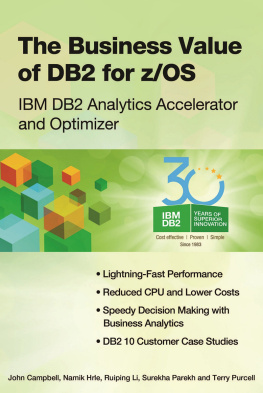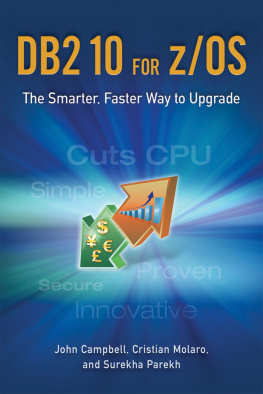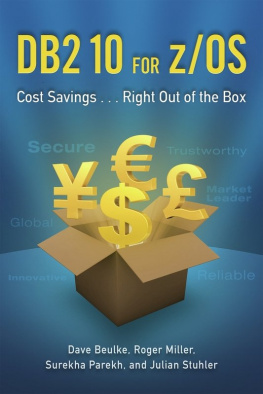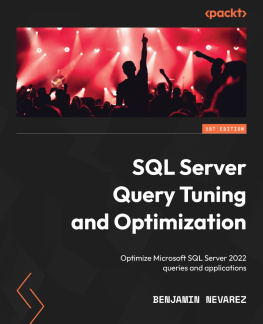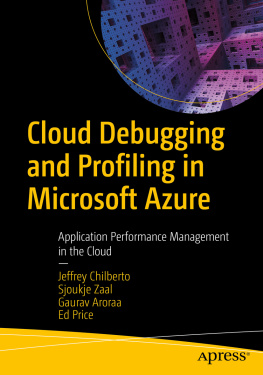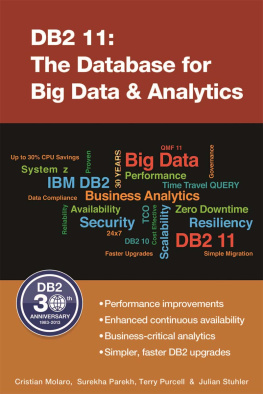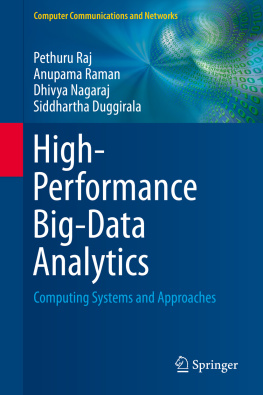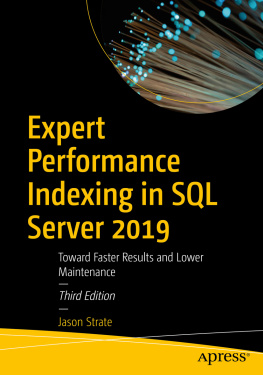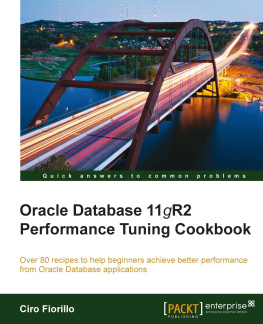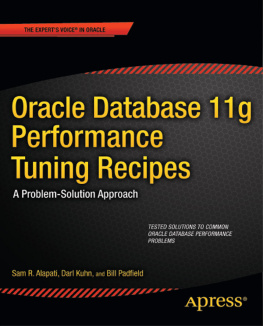
The Business Value of DB2 for z/OS:
IBM DB2 Analytics Accelerator and Optimizer
John Campbell, Namik Hrle, Ruiping Li, Surekha Parekh, and Terry Purcell
First Edition
First PrintingMarch 2013
2013 IBM. All rights reserved.
Every attempt has been made to provide correct information. However, IBM, the publisher, and the authors do not guarantee the accuracy of the book and do not assume responsibility for information included in or omitted from it.
The performance data and client examples cited are presented for illustrative purposes only. Actual performance results may vary depending on specific configurations and operating conditions. It is the users responsibility to evaluate and verify the operation of any other products or programs with IBM products and programs.
The following terms are trademarks or registered trademarks of International Business Machines Corporation in the United States, other countries, or both: IBM, CICS, Cognos, DB2, DB2 Connect, Distributed Relational Database Architecture, DRDA, IMS, InfoSphere, MVS, OMEGAMON, OS/390, PureData, Smarter Banking, Smarter Commerce, Smarter Planet, System z, System z9, Tivoli, WebSphere, z10, zEnterprise, and z/OS. Netezza is a registered trademark of IBM International Group B.V., an IBM Company.
Linux is a registered trademark of Linus Torvalds in the United States, other countries, or both. Microsoft and Windows are trademarks of Microsoft Corporation in the United States, other countries, or both. UNIX is a registered trademark of The Open Group in the United States and other countries. Java and all Java-based trademarks and logos are trademarks or registered trademarks of Oracle and/or its affiliates. Other company, product, or service names may be trademarks or service marks of others.
Printed in Canada. All rights reserved. This publication is protected by copyright, and permission must be obtained from the publisher prior to any prohibited reproduction, storage in a retrieval system, or transmission in any form or by any means, electronic, mechanical, photocopying, recording, or likewise.
MC Press offers excellent discounts on this book when ordered in quantity for bulk purchases or special sales.
MC Press Online, LLC, 3695 W. Quail Heights Court, Boise, ID 83703-3861 USA Customer Service: (208) 629-7275 ext. 500;
ISBN: 978-1-58347-381-8
About the Authors

John Campbell () is an IBM Distinguished Engineer reporting to the Director for z/OS Development at the IBM Silicon Valley Lab. He has extensive experience of DB2 in terms of systems, database, and applications design. John specializes in design for high performance and data sharing. He is one of IBMs foremost authorities for implementing high-end database/transaction-processing applications.

Namik Hrle works in the IBM Boeblingen Development Laboratory and is the labs chief Information Management technologist, responsible for strategy and technology directions. As an IBM Distinguished Engineer and a member of the IBM Academy of Technology, he belongs to a small circle of the top technical leaders whose work and expertise affect the direction of IBM. He is a member of the Information Management Architecture Board, Software Group Architecture Board Steering Committee, Technical Experts Council, and many other IBM expert teams that work on strategic technology topics as well as address customers information technology needs and requirements. He is the holder of numerous patents, outstanding technical achievements, and author recognition and corporate awards.

Ruiping Li is a Senior Engineer in DB2 for z/OS development at IBM Silicon Valley Lab. She is the technical lead responsible for the DB2 query acceleration support for the IBM DB2 Analytics Accelerator. She has been the development lead for DB2 9 for z/OS new feature optimistic locking support and DB2 10 for z/OS new feature timestamp with time zone data type support and has also been the key developer for some other important functionality. This functionality includes pureXML index exploitation, complex queries, MQTs, and multiple CCSID features in DB2 for z/OS.

) is IBMs World-Wide Marketing Program Director for DB2 for z/OS and also leads the Social Media Strategy for Information Management on System z. She is responsible for market strategy and planning of DB2 on System z and building social media communities for Information Management System z. Based in Warwick, United Kingdom, Surekha is a passionate marketer with proven results. She has over 25 years of business experience, and she is also passionate about Information Management. Surekha represents IBM on the IDUG committee. IDUG is an independent DB2 user group with more than 16,000 members in more than 100 countries.

Terry Purcell () is a Senior Technical Staff Member with the IBM Silicon Valley Lab, where he is lead designer for the DB2 for z/OS Optimizer. Terry has two decades of experience with DB2 in database administration and application development as a customer, consultant, and DB2 developer.
Contents
Foreword
Parents never know how their children will turn out. But if they turn out well, then we take credit for it. DB2 for z/OS, which will be 30 years old in 2013, has turned out well, and though Id like to think it was all because of the parents, the facts are different. First let me assert that DB2 for z/OS is heavily used by enterprises worldwide to perform database functions for core business transactions and analyticsothers can provide the statistics to back this assertion. The question is why this is so for a 30-year-old technology, when a few years is a lifetime in our business. I attribute it to six critical factors:
- Great foundation: IBM Research pioneered the relational data model, and the System R project provided the core technology for DB2 for z/OS. The partnership between research and development was solidified with the development of the Data Base Technology Institute (DBTI) led by Pat Selinger, which linked up research and development personnel to solve tough technology problems.
- Customers: DB2s success depends on its customers success. In the 1970s, databases served a single application. Because hardware was so expensive and slow, the database had to be handcrafted for each application. But this led to a proliferation of data, giving rise to the notion of data independence, which allowed a database to be shared by many applications. The key notion was anticipating the unanticipated. The challenge was making the technology perform well and at acceptable costs. DB2 partnered with customers to drive this notion for 30 years.
Next page
